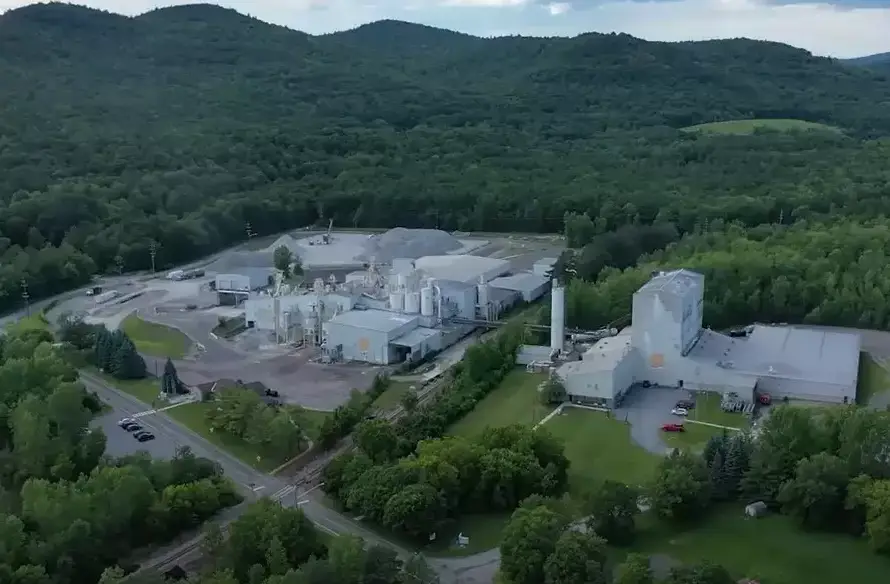Wollastonite is a naturally occurring mineral that is becoming increasingly popular in various industries due to its sustainable properties and endless possibilities. This unique mineral is a calcium silicate with a fibrous crystal structure that provides it with unique physical properties. It was first discovered by the British chemist and mineralogist William Hyde Wollaston in 1815, and it is named after him.
One of the most significant benefits of wollastonite is its sustainable nature. Wollastonite is a naturally occurring mineral that does not contain any harmful chemicals. It is considered an eco-friendly mineral because it does not harm the environment in any way. It is an excellent alternative to other minerals that can be harmful to the environment, making it a sustainable option for various industries.
Wollastonite has endless possibilities in various industries, including construction, ceramics, metallurgy, paints and coatings, and plastics. This versatile mineral can be used as a filler material, reinforcing material, and fluxing agent in these industries. Let’s take a closer look at some of the applications of wollastonite.
Construction Industry:
Wollastonite is used in the construction industry as a substitute for asbestos. It is a reinforcing material that is used in cement and concrete products. Wollastonite is also used as a filler material in insulation materials, plaster, and wallboard. The use of wollastonite in construction products improves their strength and durability, making them more resistant to damage and wear and tear.
Ceramics Industry:
Wollastonite is used in the ceramics industry as a fluxing agent. It reduces the firing temperature of ceramics and improves the strength and toughness of ceramic products. Wollastonite is also used as a filler material in ceramics, improving their mechanical properties.
Metallurgical Industry:
Wollastonite is used in the metallurgical industry as a fluxing agent. It is added to iron ore pellets to improve their strength and reduce their melting temperature. This makes the production of iron and steel more efficient and cost-effective.
Paints and Coatings Industry:
Wollastonite is used in the paints and coatings industry as a filler material. It improves the mechanical properties of the coatings and reduces the cost of production. Wollastonite is also used as a reinforcement material in coatings, improving their stiffness, strength, and dimensional stability.
Plastics Industry:
Wollastonite is used in the plastics industry as a reinforcing material. It improves the stiffness, strength, and dimensional stability of plastic products. Wollastonite is also used as a filler material in plastics, reducing the cost of production and improving the mechanical properties of the products.
The benefits of wollastonite extend beyond its sustainability and versatility. It is a cost-effective alternative to other minerals, as it is widely available and has a low cost of production. Wollastonite also has high-performance properties, making it suitable for a wide range of applications. It has high strength, stiffness, and dimensional stability, making it a preferred choice in many industries. Wollastonite is non-toxic, which makes it safe for humans and animals. It also has high heat resistance properties, which means it can withstand high temperatures without losing its strength and stiffness.
In conclusion, wollastonite is a sustainable mineral with endless possibilities in various industries. Its sustainable nature, cost-effectiveness, high-performance properties, non-toxicity, and heat resistance make it a preferred choice in many industries. As more industries recognize the benefits of wollastonite, its use is expected to grow in the future. The use of wollastonite in various industries not only benefits the industries but also contributes to the sustainability of the planet.


